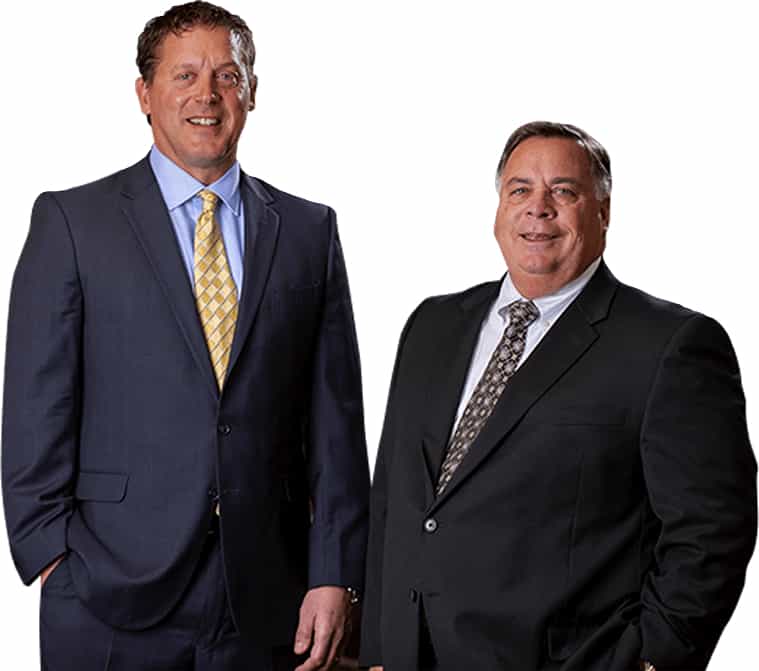Not all accidents are caused by one driver. In many instances, there are multiple parties who contribute to a wreck. This might include you. But are you precluded from recovering compensation from an errant driver if you’re partially to blame for your car accident? Not necessarily.
How comparative fault works
Our state recognizes comparative fault under the law, you can still recover compensation from a negligent driver, even if you contributed to the wreck in question. However, your ultimate reward will be reduced by the amount of fault that’s allocated to you. Therefore, if you prove damages of $100,000 but are found to be 30% at fault, then you’ll only be awarded $70,000. If you’re found to be more than 50% at fault, then you’ll be denied compensation altogether.
So, even though you need to aggressively present evidence against the other driver and demonstrate your losses, you’ll also need to be prepared to play a little bit of defense.
How can you defend yourself against comparative fault arguments?
You have several options here. This includes:
- Refraining from admitting any kind of fault: In the immediate aftermath of an accident, it’s natural to want to apologize for what’s happened, even if it’s not your fault. Don’t do that. Making apologetic statements can come back to bite you in your personal injury case, threatening to completely derail your case. If you have to make a statement, stick to the facts and say as little as possible until you can consult with your attorney.
- Using an expert witness to help you demonstrate how the accident occurred and who is to blame for it: There are probably going to be conflicting accounts of how your accident occurred. This leaves the finder of fact confused and the outcome of your case uncertain. This is where an accident reconstruction expert can help. This neutral third-party can provide scientific insight into the accident’s cause, which can set you up for compelling evidence to sway the outcome in your direction.
- Using witness testimony to contradict the defendant’s claims: In a multi-vehicle accident, there are bound to be several witnesses. You need to carefully vet those witnesses’ testimony so that you can present only that evidence that’s favorable to you. You should be on the lookout for testimony that not only supports your arguments but also that testimony that contradicts what the defendant claims happened.
- Attacking the credibility of the defense’s witnesses so that their testimony is given less weight: Not all testimony is created equal. But the judge and jury won’t know whose testimony to credit more unless you help them see flaws in a witness’s testimony. So, as you prepare to head into your litigation, thoroughly analyze each witness’s history and any previous statements that they’ve made at a deposition or in the moments after the accident. By doing so, you might be able to attack their credibility and discount their testimony.
You might have other options at your disposal, as the way you approach your case is going to be fact specific. Just make sure you’re diligently assessing your case and building the compelling arguments you need to protect your recovery.
Are you ready to build your legal claim?
If you want to secure the financial resources that you need to spur your recovery forward, then you need to build and present an aggressive personal injury case. There are many components of a successful case, though, so you’ll want to be able and willing to put in the work necessary to craft a claim that positions you for success.


